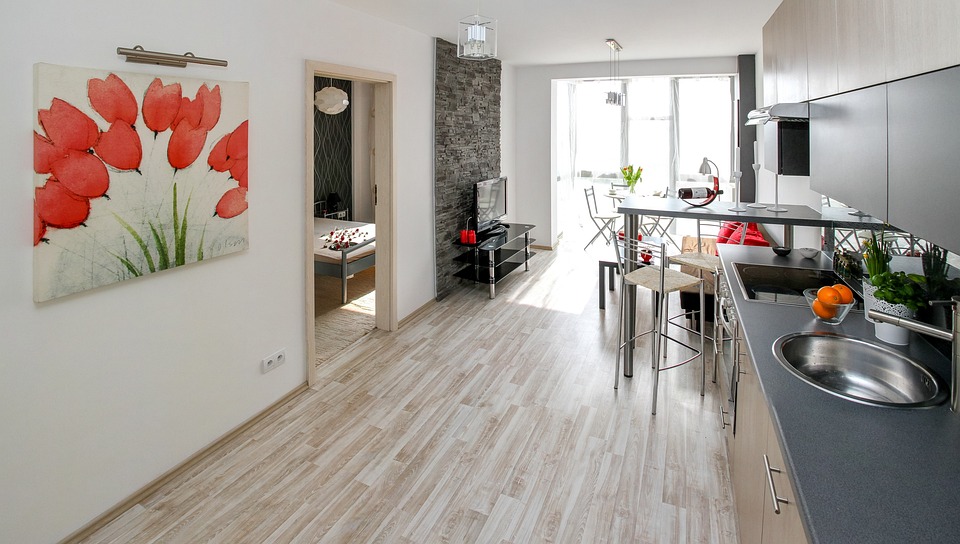Graphic Design 101: A Beginner’s Guide to Design Principles
Graphic design is an indispensable part of the creative industry. It involves creating visuals using a combination of typography, images, and other visual elements to convey messages and communicate ideas. Graphic design can be found almost everywhere, from billboards and websites to product packaging and book covers.
Whether you’re just starting out in graphic design or looking to brush up on your skills, there are key principles you need to know to create successful designs. This beginner’s guide to design principles explores some of the fundamental concepts you need to understand to create beautiful and effective designs.
What Are Design Principles?
Design principles are the essential guidelines and concepts that guide the creation of aesthetically pleasing and functional designs. These principles are universal and apply to all types of design – from branding to website design, product design, and beyond. They help designers to create cohesive designs with clear visual hierarchy, balance, and proportion.
Basic Principles of Design
There are seven basic principles of design that every graphic designer should know. These principles are:
1. Balance – A design needs to have a balanced distribution of weight and elements in a way that creates harmony.
2. Contrast – Contrast is achieved when two elements are juxtaposed to create a noticeable difference.
3. Emphasis – Emphasis refers to creating a focal point in a design to highlight important elements.
4. Movement – Movement refers to the way a design leads the viewer’s eye through a visual path.
5. Proportion – Proportion is the relationship between the elements in a design and how they relate to each other in terms of size.
6. Repetition – Repetition is the deliberate use of visual elements to create a consistent and cohesive design.
7. Unity – Unity refers to the idea that all design elements work together cohesively.
Color Theory
Color is one of the essential elements of design. Understanding how to use colors effectively can make a design stand out. There are a few essential concepts one should know about color:
1. Hue – Hue is the actual color of an object.
2. Saturation – Saturation refers to the intensity of a color.
3. Value – Value refers to the lightness or darkness of a color.
Typography
Typography refers to the art of arranging text in a readable and visually appealing manner. There are various types of typography, such as serif, sans-serif, script, and display. Here are some typography tips:
1. Choose a font that matches the tone of the message.
2. Use simple and readable fonts for body text.
3. Keep the number of fonts to a minimum.
Layout
Layout refers to the way a design is arranged. Proper layout helps to convey the message clearly and effectively. Some layout tips are:
1. Follow a grid to create consistency throughout.
2. Use white space effectively to create breathing room and visual hierarchy.
3. Use visual cues to help guide the viewer’s eye.
Conclusion
In conclusion, graphic design is a powerful tool to communicate a message through visual storytelling. Knowing the basic design principles, color theory, typography, and layout can go a long way in creating visually appealing designs that evoke emotions and leave a lasting impression on the viewers.
FAQs
1. What is the most critical element of graphic design?
Ans. One of the most critical elements of graphic design is typography. Choosing the right font can help convey the message more effectively.
2. What is the importance of color in graphic design?
Ans. Color is an essential element of graphic design as it can evoke emotions and set the tone for a design.
3. What are design principles?
Ans. Design principles refer to the essential guidelines and concepts that guide the creation of aesthetically pleasing and functional designs.
4. How can I improve my layout skills?
Ans. You can improve your layout skills by following a grid, using visual cues, and utilizing white space effectively.
5. What typography trends are popular in 2023?
Ans. Some typography trends popular in 2023 are bold, sans-serif fonts, and the use of variable font sizes to create visual contrast.






